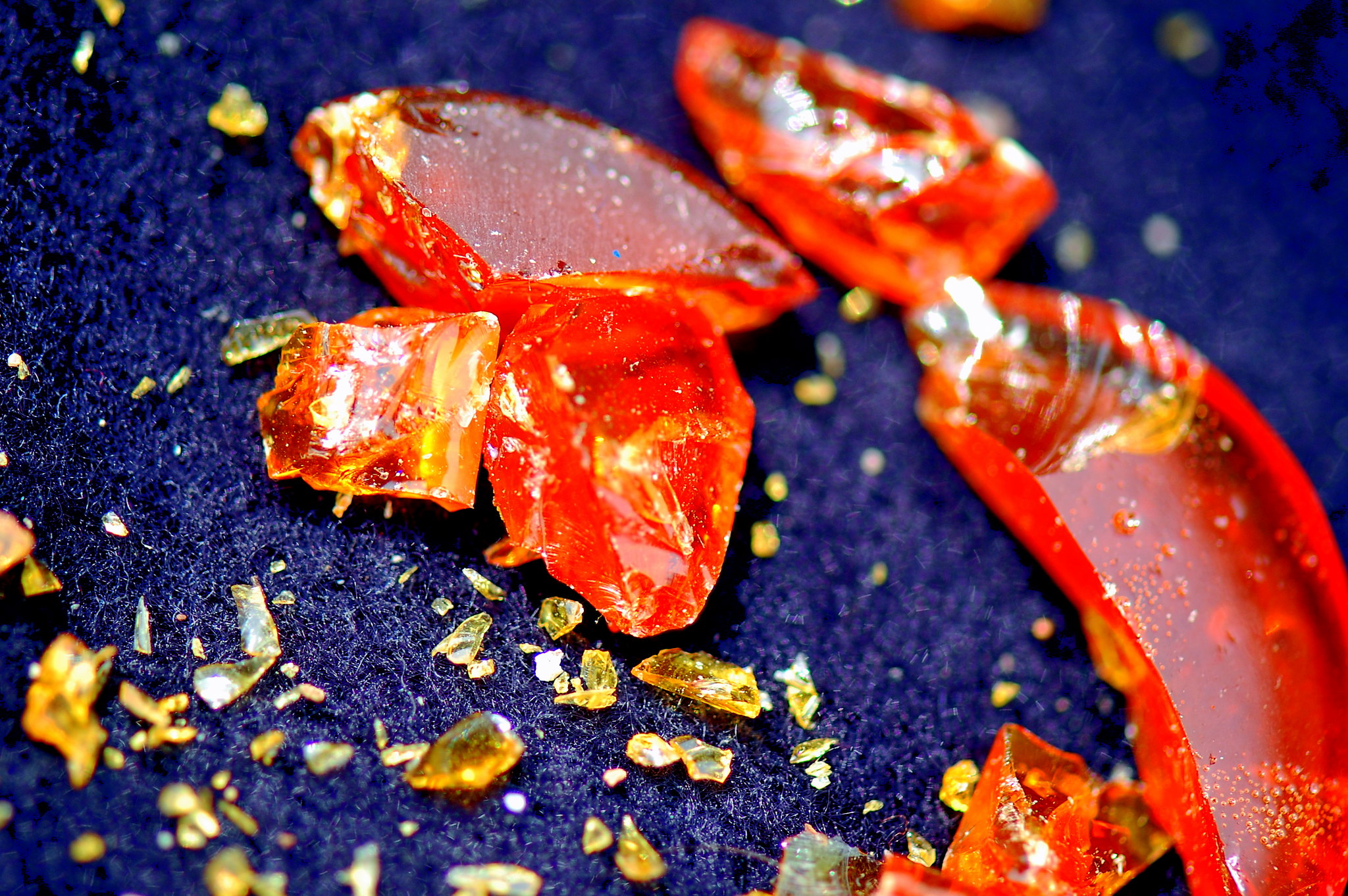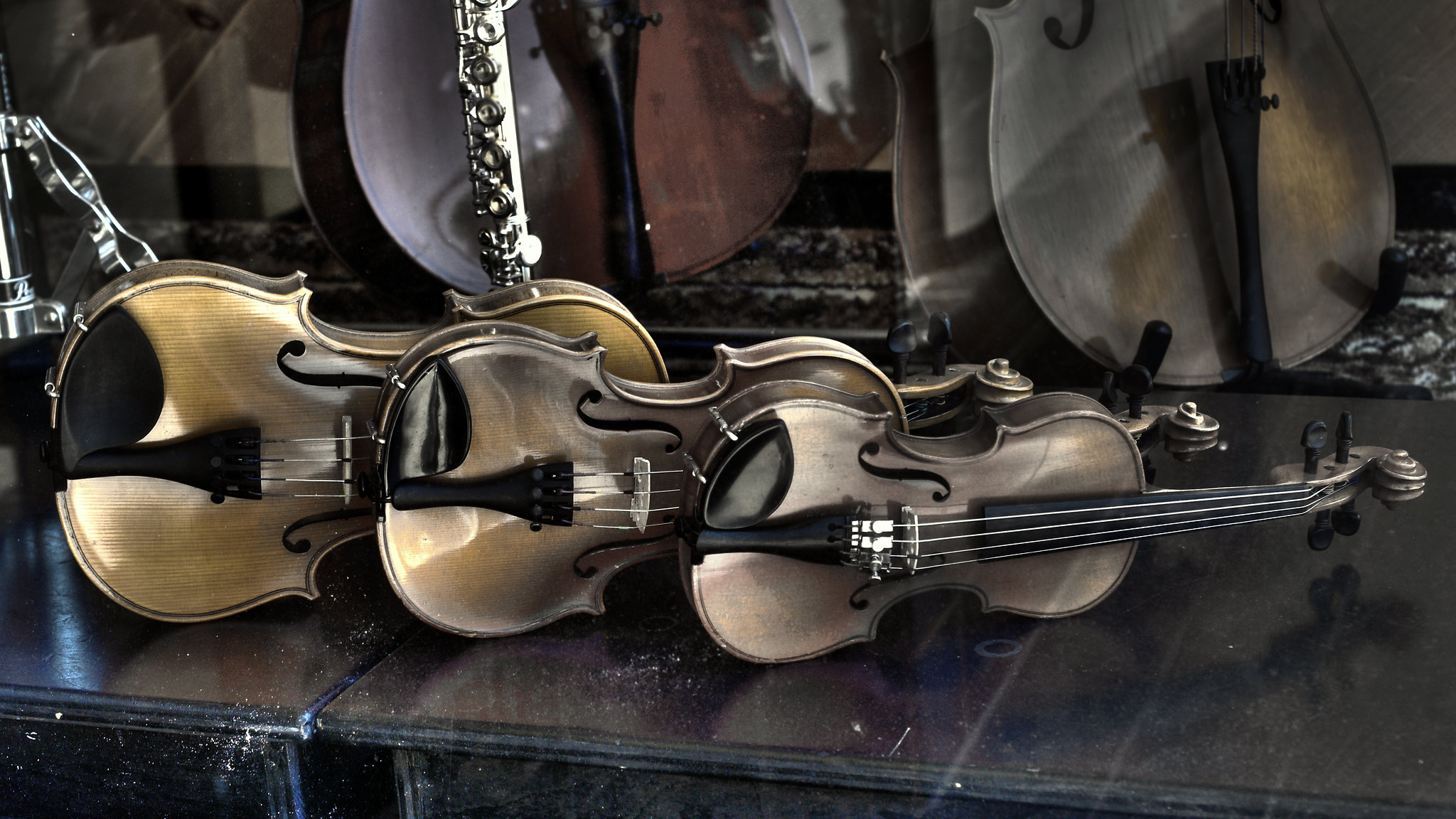The violin chin rest is an essential part of the violin. Its presence makes holding the instrument comfortable and secure. Although some select few prefer to play their violin or fiddle without a chin rest, the vast majority of musicians enjoy the comfort of a violin chin rest.
What Should I Know?
The violin, as you might know, is a very delicate instrument. Let it slip from beneath your chin once and fall to the ground, and you might be in the market for a new instrument before you can say “chin rest!”
The chin rest is not integral to the sound or the structure of the violin, but it does cause most musicians to be able to practice for longer stretches of time. Additionally, most violinists feel more comfortable keeping the violin under their chin without injury because they have a chin rest.
Like violins, no person is structurally exactly like the next. For that reason, some people’ chin rests are smaller, larger, or placed differently on the violin than others. Some people have large, tall bodies that need a large chin rest, where others need a little tiny chin rest. It depends entirely upon what feels comfortable to each person’s body as well as what their body needs to hold the violin with good posture! What works for my body and my violin posture likely will not be your story, and that’s alright! Lucky for all of us, there are many options to choose from, and each body can be accommodated with the correct violin chin rest.
History of the Violin Chin Rest
Unlike most of the components of the violin, the chin rest was only invented in the 1820s by Louis Spohr. Some say that the rigorous music being composed at this time facilitated the need for a left hand that was not being occupied by holding up the violin but instead was extremely flexible to work with double stops, harmonics, and highly technical playing. It is purely impossible to play technically challenging music when one’s left hand is securely holding the violin. This new invention allowed the violinist to hold the violin securely under their chin while their left hand did acrobatics!
Louis Spohr attached his new chin rest to the violin, right next to the tailpiece, with two metal clamps, and arching over the tailpiece of the violin.
Today’s Chin Rests
Today, chin rests vary wildly from one to another. However, almost all of them share similar characteristics. Chin rests are almost always made of wood, and predominantly, those woods are boxwood, rosewood, and ebony, although often times beginner violins have plastic chin rests. The benefit to a plastic chin rest, of course, is that it is typically very skin irritant-free.
Each violin chin rest is held onto the violin, just next to or bridging over, the tailpiece. Some chin rests do not arch over the tail piece because they are small enough to avoid this piece altogether.
Chin rests are held onto the violin by two metal clamps that have tiny holes and screws, not unlike a woodworking clamp. Upon receiving a new chin rest, the item will be expanded far enough for you to fit it comfortably on your instrument with more than enough room to spare. Tighten the screw with a tiny chin rest attachment, which looks like a tiny silver golf pencil but with a crooked lead protruding from it. Other tools will work for this work, but the chin rest attachment is not sharp and should not be able to damage your violin. Turn the tiny screw around and around with the attachment until the clamps are secure and your chin rest does not wiggle on the violin.

Note that the chin rest ought to have a tiny layer of cork on the underside of the chin rest as well as on the underside of the piece that attaches to the clamps and the opposite side of the violin, keeping the chin rest in place. This cork is to ensure that the chin rest will not damage the violin, nor will it slip from the instrument easily. If the cork rubs away or is deteriorating, be sure to either replace your chin rest or have a luthier reattach some cork so that your violin maintains its beauty.
Different Types of Chin Rests
Chin rests come in all kinds of varieties. Here are a few to try out for yourself, or ask your luthier to outfit you with the best one for your body type! Keep in mind that all bodies are different.
Flesch Chin Rest
This chin rest is a simple small cup for one’s chin and it is very similar to the original invention of the 1820s by Spohr. This is the kind of chin rest that I own, and it has been a lifesaver for my body and the posture I hold while I play my violin.
Dresden Chin Rest
This option is mounted on the left-hand side of the violin with a more contoured place for one’s chin. It is quite similar to the Flesch. The difference between the two is that the Flesch is mounted straight over the tailpiece where the Dresden is not.
Morawetz Chin Rest
This style has a small lip at the front of the chin cup. It is mounted on the left side of the violin, like the Dresden.
Kaufman Chin Rest
This option is extremely similar to the Dresden chin rest, except it has a flatter cup. Like many, this rest is mounted on the left side as well.
Guarneri Chin Rest
This option is extremely popular with many violinists as it’s accessible to may body types. It is mounted over the tailpiece, in the center, but the actual chin rest stretches over to the left side, with a wide area for one’s chin. It covers a large area of the lower part of the violin, protecting in from any harm!
In addition to the different styles of chin rests, most come in a low, medium, and high option. These options have to do entirely with one’s neck length and chin size as well as shoulders and posture when playing the violin. It would be wise to order or ask your luthier to have several styles on hand to make sure your body is accommodated the way it ought to be while playing the violin.
Summary
Explore what feels good when you hold your violin. In no way should you develop a violin hickey, or a bruise, under your chin while you hold your violin! These bruises can get to be bad injuries if you let them. Violin virtuosity is hard enough to achieve without pain from holding your instrument. Do your body a favor, and let the violin chin rest do its job: hold your violin under your chin while your left hand makes audiences’ jaws drop!







